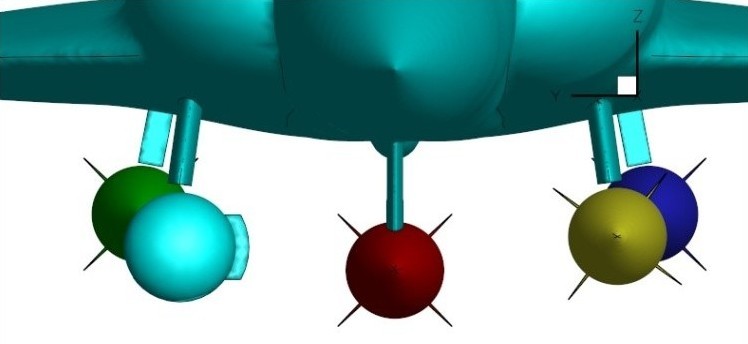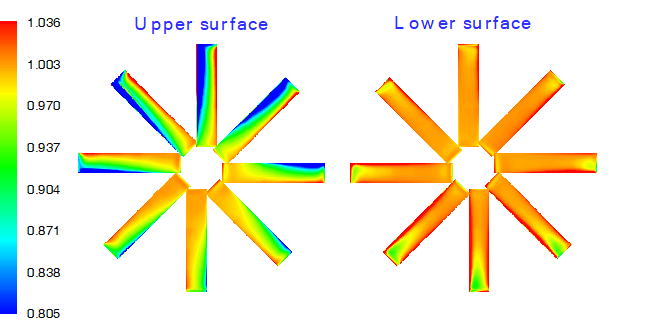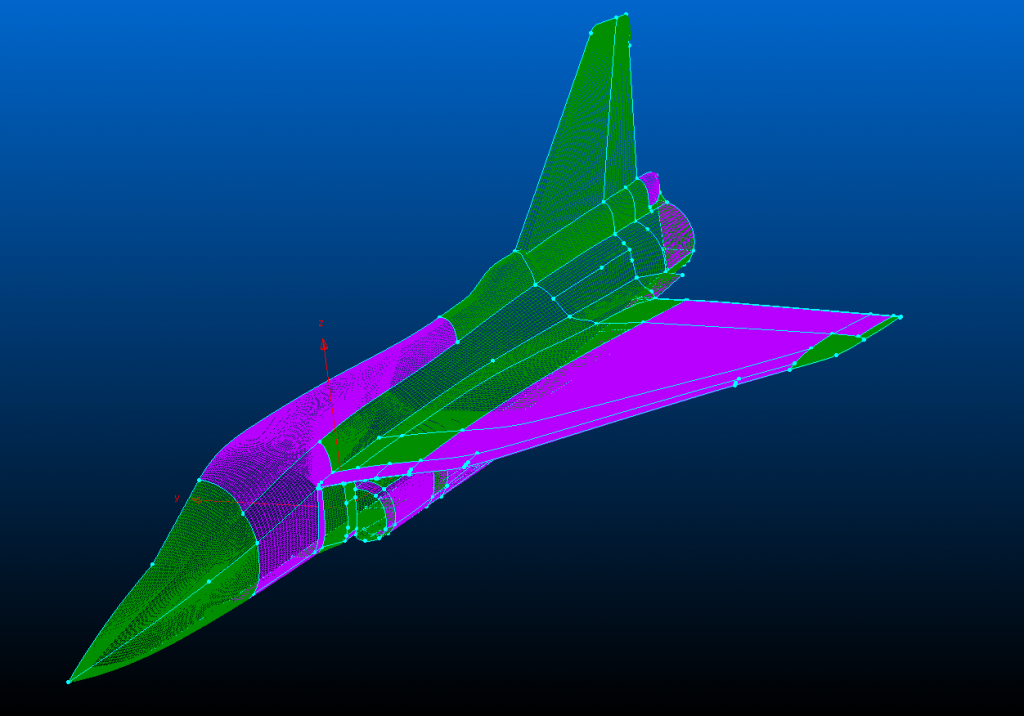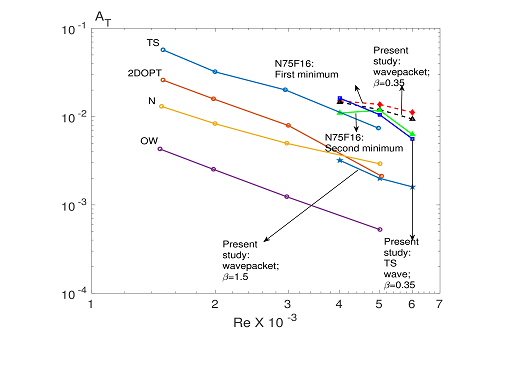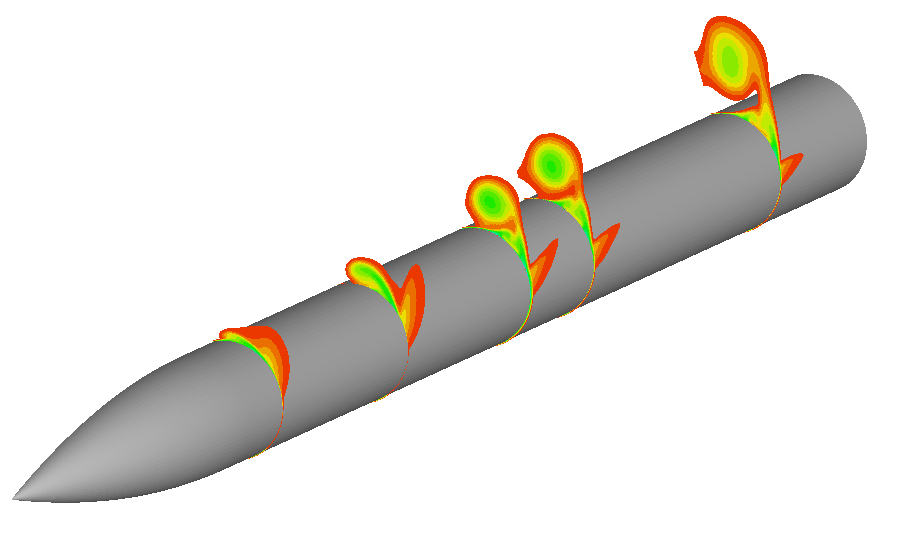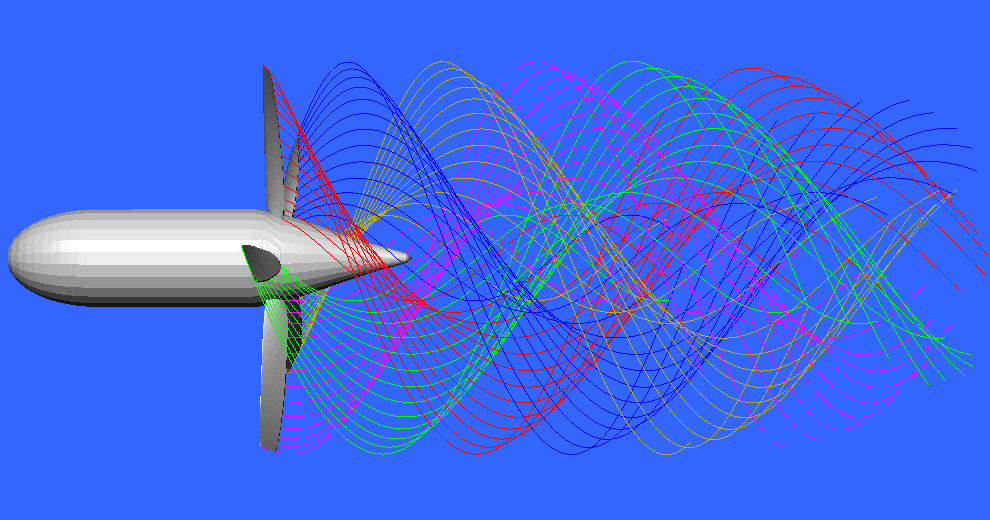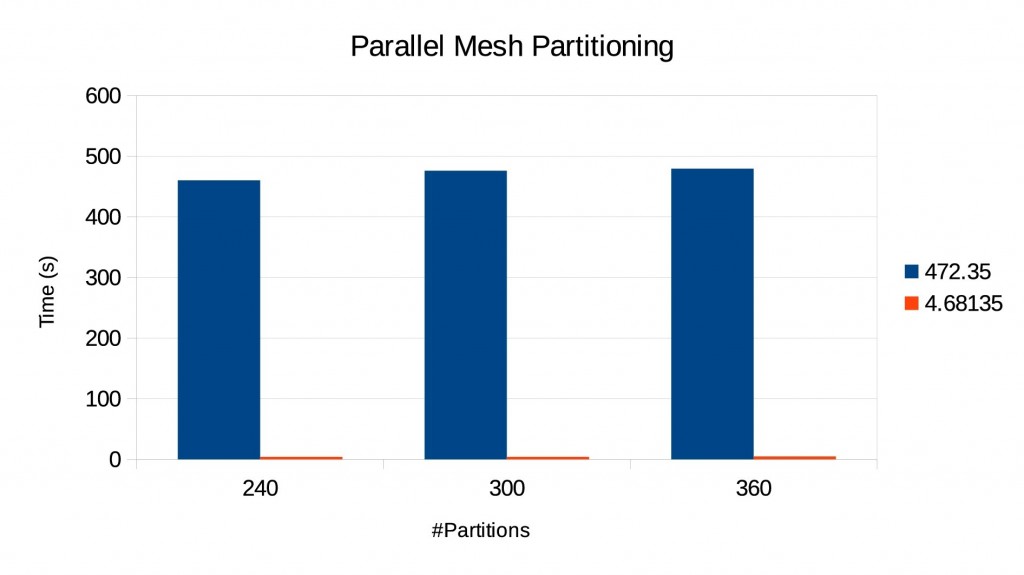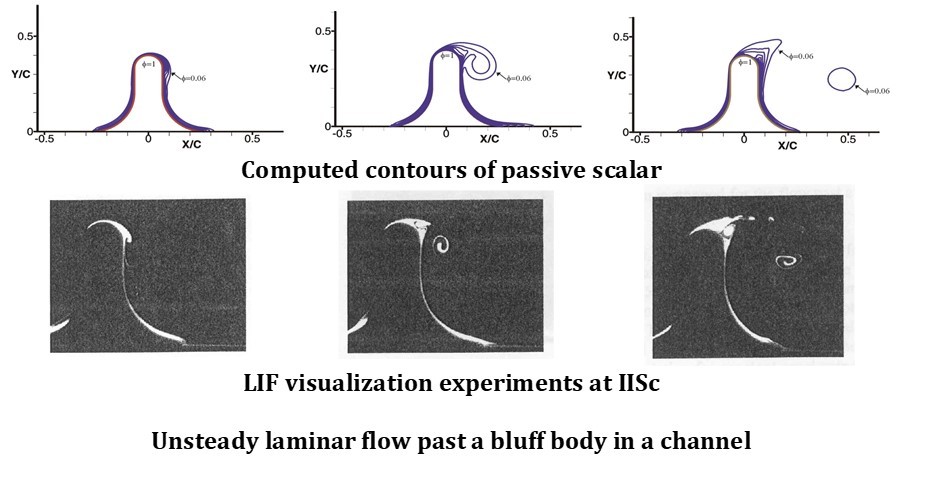
Aerospace Weather Research
Aerospace Weather Research Group

Following the closure of the Flosolver Unit, persons involved in numerical modelling were assigned to the CTFD Division. Since these persons had expertise in weather research, fluid dynamics, meteorology, computational science and information technology a separate research group, the aerospace weather research group, was set up to make best use of their skills. The focus of the group is on understanding aerospace weather with specific emphasis on airport weather phenomena which affect airport operations, clear air turbulence, aerospace weather visualization techniques, aviation weather hazards and urban CFD. In addiiton the experience of the group in dealing with rotating flows has been used for tackling propeller simulations for NAL's aircraft programmes.
Multi-scale modelling of the atmosphere
Atmospheric flow posseses a wide range of scales and is generally turbulent. For problems of interest in aviation weather, urban CFD, wind-energy, we require resolution of many different length and time scales. A numerical model spanning these scales is computationally prohibitive, therefore an alternate approach is to couple numerical models developed for different scales and use the combined model. We have successfully coupled NAL's Varsha GCM (a global atmospheric model), NCAR's WRF (a regional weather model) and OpenFOAM (an open-source CFD package). An example of the problems which can be tackled with this system is : effect of boundary layer profiles at different cities on the flow past high-rise buildings.

Hybrid spectral methods for analysis of data as well as solution of PDEs
For flows, which occur on aircraft as well as in the atmosphere, interaction between eddies at different scales is important. However, analysis of functions with many scales presents a challenge for mathematical and numerical methods. For compact representation of functions which span widely different scales, we have proposed a hybrid transform which combines properties of both Fourier and wavelet transforms. This transform has been used for the solution of one-dimensional PDEs, the wave, diffusion and viscous Burgers equation. The approach has also been extended to two-dimensions. First as a double-Fourier + wavelet expansion and then a Spherical Harmonics + wavelet expansion, for representation of functions on a sphere. This method can be used to analyze atmospheric datasets with the objective of having a better representation of the various scales.
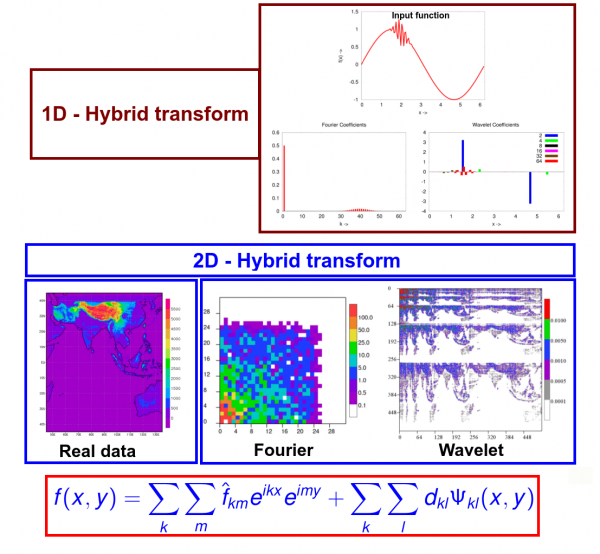
Parallelization of complex scientific/industrial codes
As numerical simulations play an increasingly important role in design and problem sizes increase, computational efficiency of the codes becomes crucial. Our group has a long experience in parallelizing and optimizing scientific codes. These include the codes developed inhouse (such as the Varsha GCM) as well as many large programs from other organizations and the private industry.
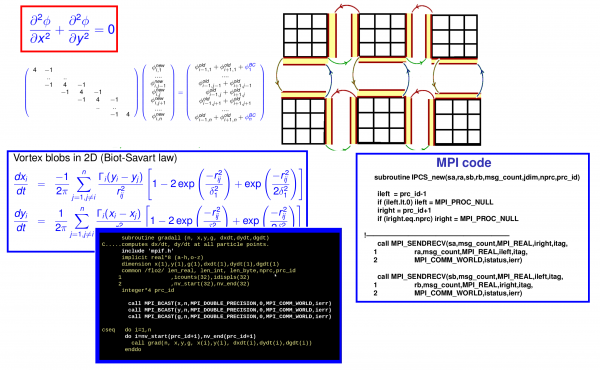
Calculation of aviation weather hazard indices
With increasing air-traffic, safety and maintenance of schedules depends significantly on the weather conditions. We have developed the algorithms and software for calculation of indices of weather hazards such as clear-air turbulence, wind-shear and wake-vortex encounters from atmospheric datasets. These can be used either for studies of past events or in a forecast mode.
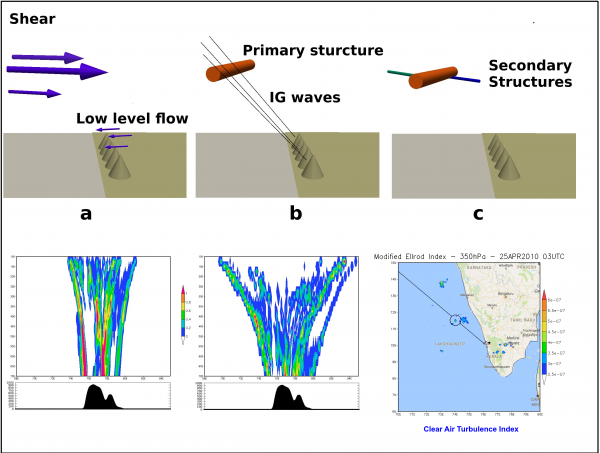
Urban CFD : Simulation of flow past multiple buildings
With the explosive growth of cities and demand for space and energy, local flow features are becoming important to understand and model. Urban CFD can tackle phenomena such as sites for wind energy production, spread of pollution, urban heat-islands etc. The multi-scale modelling platform (T1) is ideal for this purpose. We have used this platform fo simulation of multiple high-rise buildings in the atmospheric boundary layer.

RANS simulations of propeller flows (both stand-alone and on aircraft) using open-source codes
Methodologies for simulation of propeller flows have been developed using open-source codes. These include creation of the appropriate grids, use of the AMI technique in OpenFOAM and the actuator disc in SU2. Both stand-alone configurations and with aircraft have been simulated.
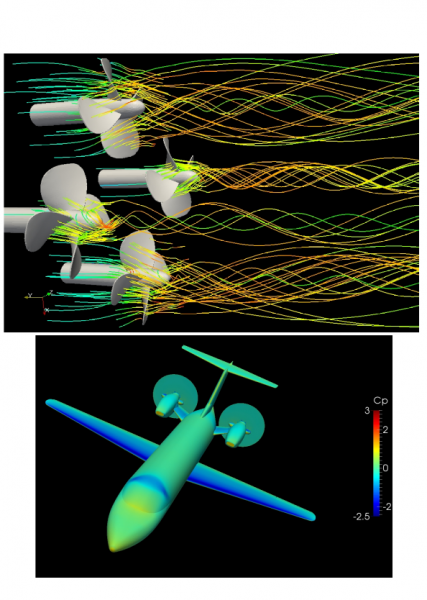
Customized visualization tools for unsteady flows
Visualization is an important part of any computing activity, more so for HPC. Existing graphics packages do not always address the needs. Therefore a number of customized programs using OpenGL, shell scripts and Python scripts have been developed to visualize unsteady flows. A customized version of VTK based Mayavi package is used for the atmospheric flow visualizations.
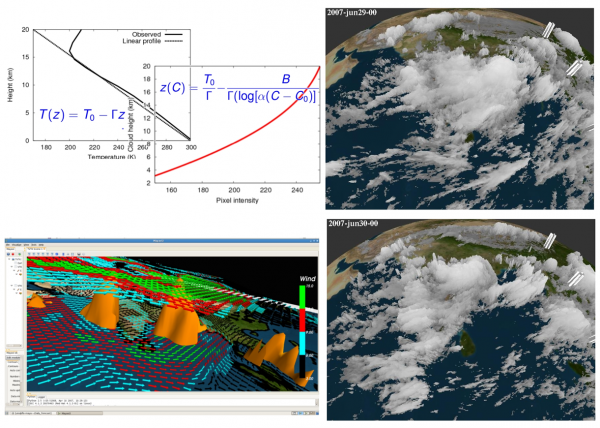

 English
English हिन्दी
हिन्दी